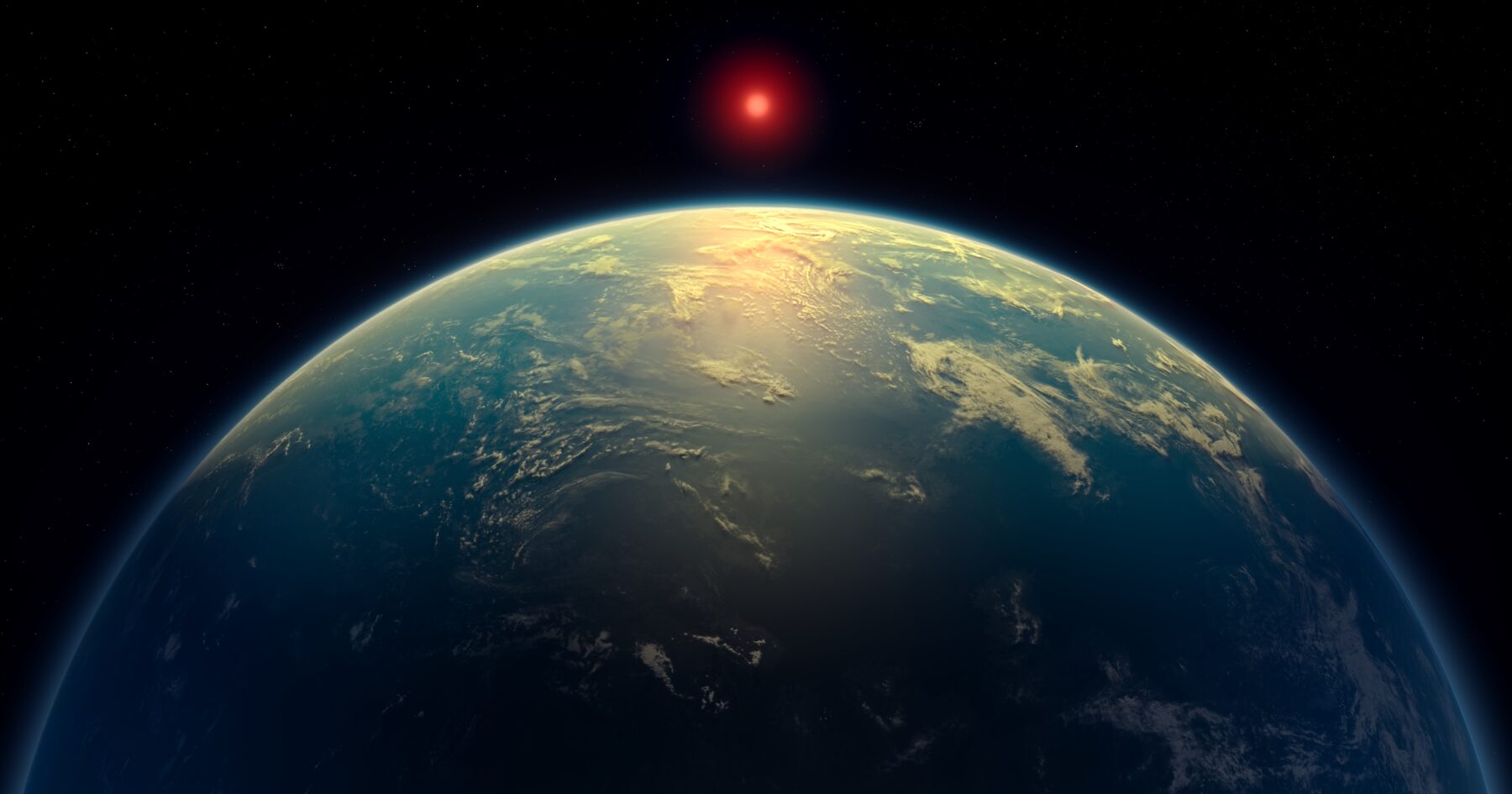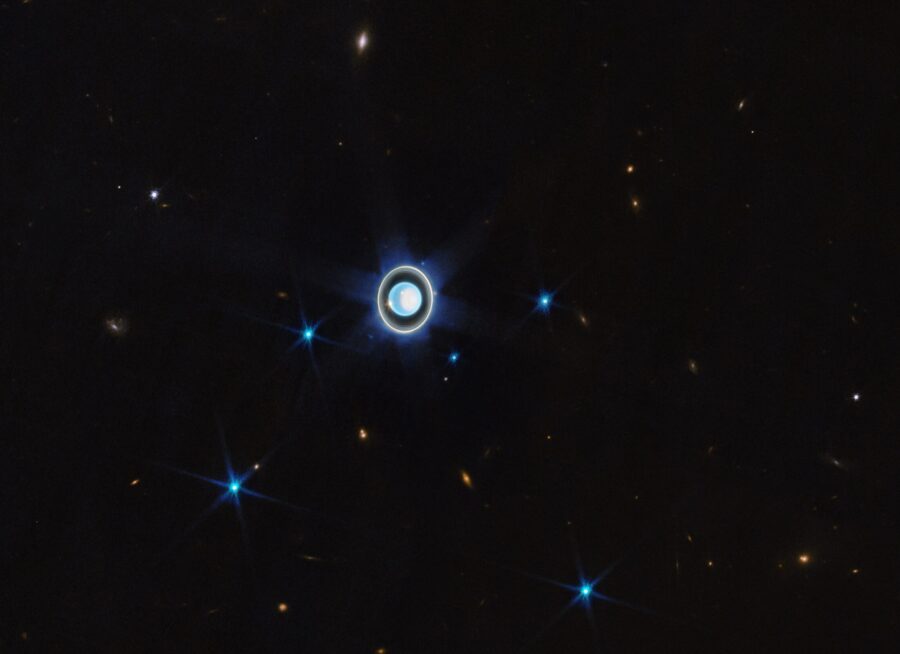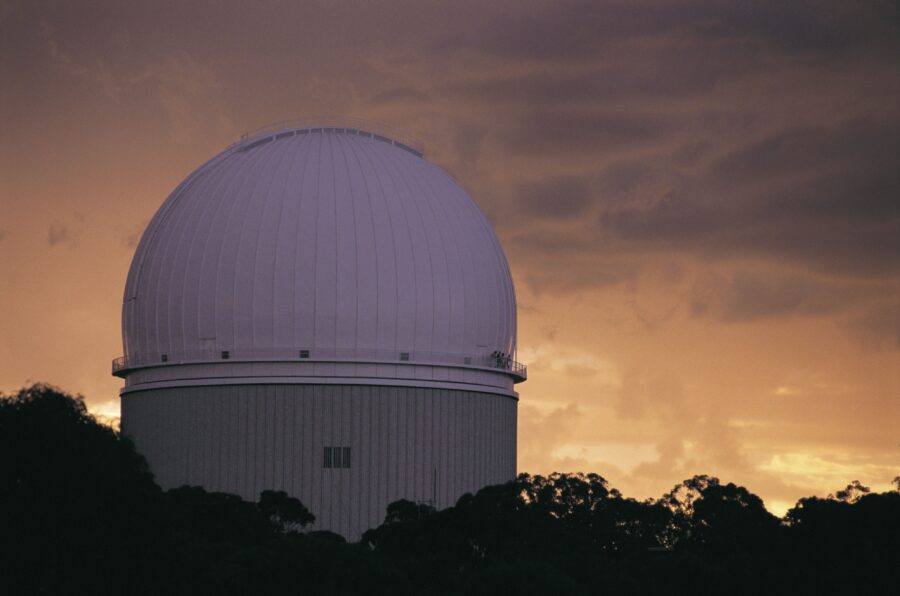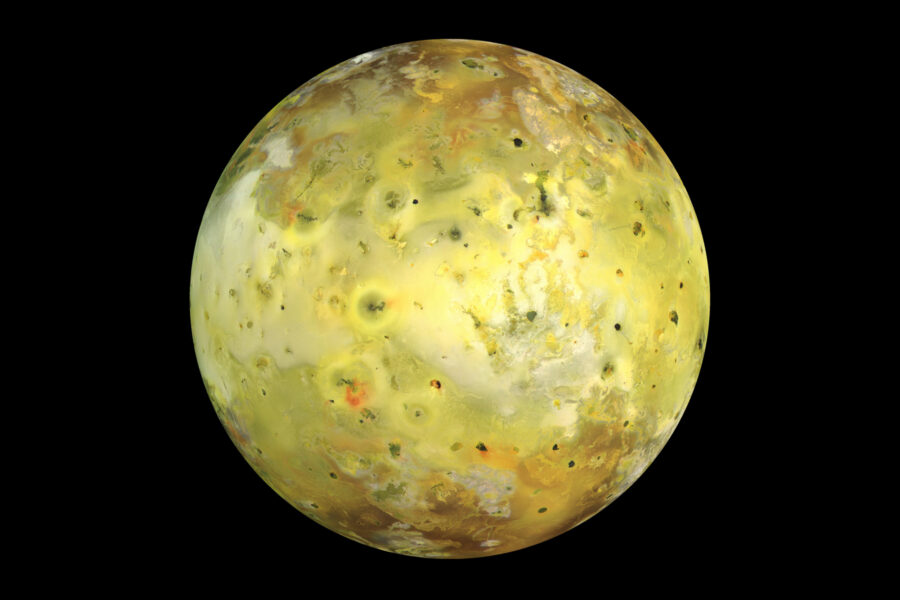Aliens or chemistry?

Fred Watson
Fred Watson

So far, there’s no firm evidence of life originating anywhere beyond the confines of our world.
In trying to answer the question, astronomers look for biomarkers – attributes of an extraterrestrial environment that can only have originated in the presence of life.
And it doesn’t have to be intelligent life; even humble microbes modify their environment in a manner that could be detected by scientific instruments, whether they be laser zappers on a Mars rover or infrared spectrometers on a giant telescope.
It’s the second of these that has made headlines in recent months. Of the almost 6000 exoplanets now known beyond our solar system, only a handful qualify as habitable worlds, where water can remain liquid rather than boiling away or freezing solid.
Water is the working fluid of all life on Earth, so finding it in liquid form is a good starting point in the quest for exolife. And one of these habitable planets – known as K2-18b – has attracted considerable attention with reports of intriguing molecules in its atmosphere.

Like many other exoplanets, K2-18b crosses the line of sight to Earth as it orbits its parent star, passing in front of it from our perspective. The planet’s atmosphere imprints a spectrum signature of its component gases on the starlight filtering through it.
This has now been analysed with the James Webb Space Telescope and, in observations reported last April, UK and US astronomers announced the detection of dimethyl sulphide (DMS) and dimethyl disulphide (DMDS) in K2-18b’s atmosphere.
On Earth, these gases only occur as a result of biological activity by microorganisms, which makes them biomarkers.
These are tantalising results, but there are good reasons for caution. Even with such a capable instrument as the Webb (currently the best available for this kind of work), they are challenging observations to make.
Discoveries are couched in terms of their confidence level, which in this case is somewhat less than the gold standard of certainty. It’s possible future observations will rule out the existence of DMS and DMDS altogether.
More fundamentally, the biological origin of these gases on Earth doesn’t necessarily eliminate a purely chemical formation elsewhere. They may turn out not to be biomarkers, and scientists are now looking carefully at what other kinds of reactions might generate these molecules.




